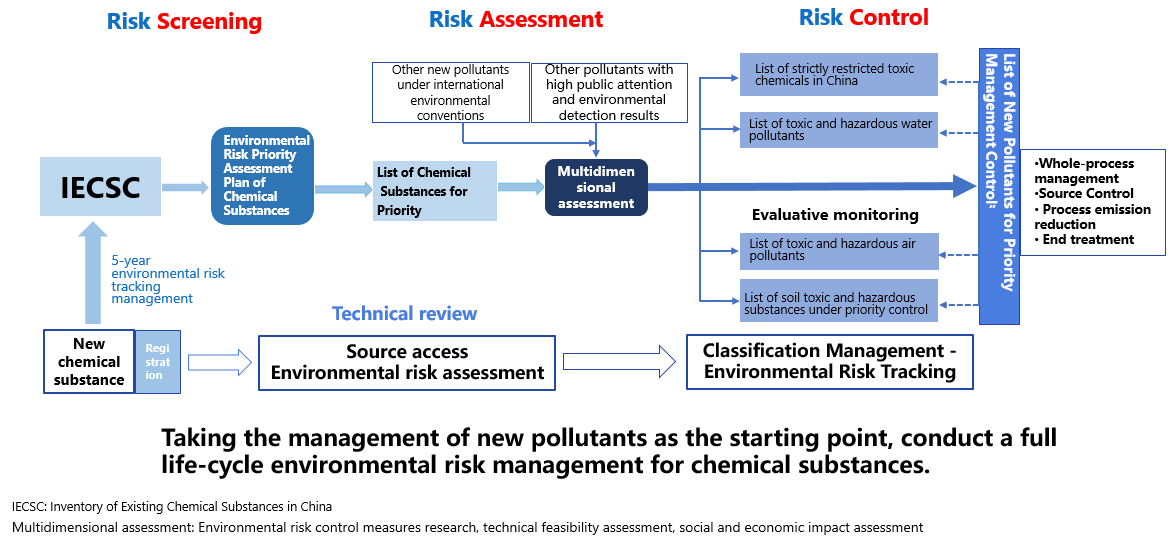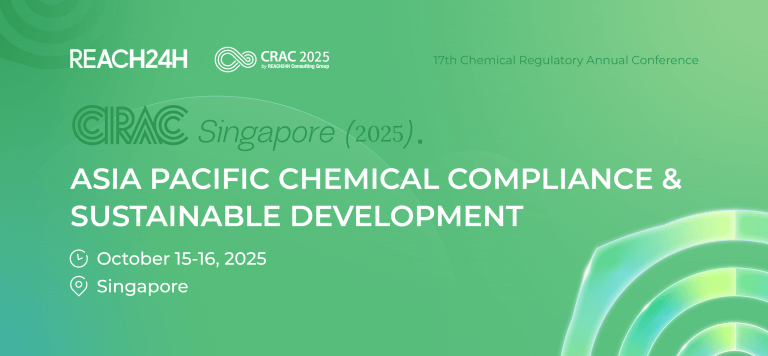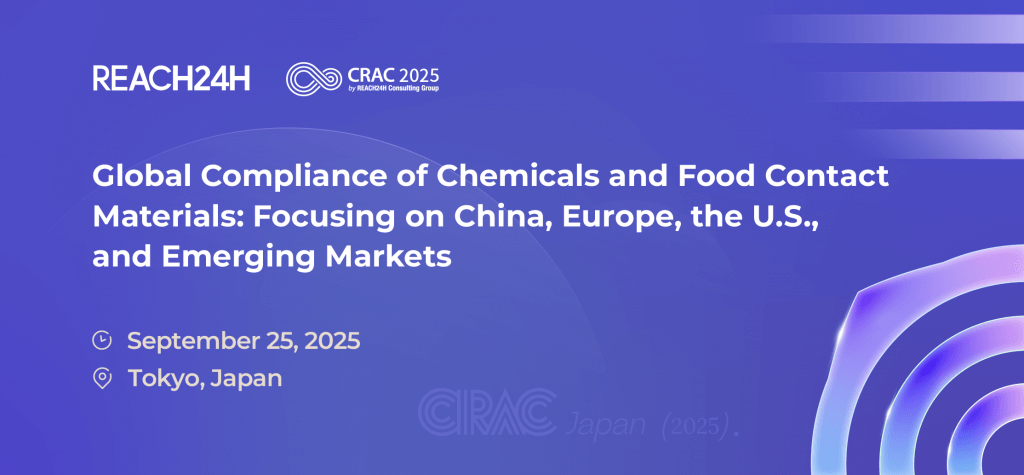Overview of New Pollutant Regulations in China
On May 4, 2022, the General Office of the State Council issued “the Action Plan for the Management of New Pollutants” (hereinafter referred to as the "Plan"). This Plan addresses new pollutants that pose significant risks to both domestic and international environments by establishing clear control objectives and actionable measures.
The Plan adopts a dual strategy: "Risk Screen, Risk Assessment, Risk Control" (a systematic risk management approach) and "Source Control, Process emission reduction, End treatment " (a targeted pollution control strategy). Key actions include environmental risk screening, regular updates to the "List of New Pollutants for Priority Management", and implementing measures such as prohibition, restriction, and emission limits. The Plan ensures comprehensive management through source control, process management, and end-of-pipe treatment.
What Are New Pollutants
New pollutants are substances recently identified or gaining attention due to their potential to enter the environment and pose significant risks to ecosystems and human health. These substances are either unregulated or inadequately managed under existing frameworks.
Key Characteristics of New Pollutants
Severe harm and hidden risks
Persistence in the environment
Widespread sources
Complex management requirements
Common Types of New Pollutants:
Persistent Organic Pollutants (POPs)
Endocrine Disrupting Chemicals (EDCs)
Antibiotics
Microplastics
The primary sources of new pollutants are the production and use of toxic and hazardous chemicals.
How to Manage New Pollutants in China
General Approach of the Plan

Scope of Management: Industries and Regions
“The Action Plan for the Management of New Pollutants” applies to the entire lifecycle of pollutants, from production to disposal. It targets industries and enterprises such as:
Manufacturers using or emitting toxic and hazardous chemicals.
Entities involved with chemicals listed in relevant pollutant lists or directories.
Industries like petrochemicals, coatings, textiles, dyeing, rubber, pesticides, and pharmaceuticals, particularly in key regions such as:
Yangtze River and Yellow River basins
Major drinking water sources
Estuaries, bays, and aquaculture zones
Economic hubs like Beijing-Tianjin-Hebei, the Yangtze River Delta, and the Pearl River Delta
Consumer goods manufacturers (e.g., toys, electronics, textiles).
Waste disposal facilities.
Key Management Strategies for New Pollutants
The Plan emphasises a systematic approach to managing new pollutants, focusing on prevention, reduction, and remediation.
Strategic Measure 1: Enhance Regulatory Frameworks:
Strengthen legal and technical standards.
Develop a comprehensive governance mechanism.
Strategic Measure 2: Conduct Investigations and Monitoring
Establish systems for chemical substance surveys and environmental monitoring.
Regularly update the Key Controlled New Pollutants List.
Strategic Measure 3: Enforce Source Control
Fully implement the Environmental Management Registration System for New Chemical Substances.
Enforce phase-out or restriction measures.
Regulate pollutant content in products.
Strategic Measure 4: Strengthen Process Control
Promote cleaner production and green manufacturing.
Regulate antibiotic and pesticide use.
Strategic Measure 5: Deepen End-of-Pipe Management
Coordinate management across environmental media.
Enhance waste collection and disposal systems.
Launch pilot projects for pollutant management.
Strategic Measure 6: Build Capacity for Long-Term Management
Invest in scientific research and technological support.
Strengthen capacity-building initiatives.
Regulations Supporting the Plan
The Plan is supported by a robust framework of laws, administrative regulations, and departmental rules.
Key Laws
Civil Code of Ecological Environment of the People's Republic of China (Draft)
Law of the People's Republic of China on the Prevention and Control of Environmental Pollution by Solid Waste
Law of the People's Republic of China on the Prevention and Control of Water Pollution
Law of the People's Republic of China on the Prevention and Control of Air Pollution
Law of the People's Republic of China on the Prevention and Control of Soil Pollution
Drug Administration Law of the People's Republic of China
Law of the People's Republic of China on the Promotion of Clean Production
Administrative Regulations
Regulations on Pesticide Administration
Regulations on Veterinary Drug Administration
Regulations on the Environmental Risk Management of Toxic and Hazardous Chemical Substances (In progress)
Departmental Rules
Measures for the Environmental Management Registration of New Chemical Substances (MEE Order No. 12)
System for the Statistical Survey of Environmental Information on Chemical Substances
Environmental Management System for the Import and Export of Toxic Chemicals
Environmental Hazard Assessment System for Antimicrobial Drugs
System for the Investigation of Hidden Soil Pollution Dangers
Lists and Catalogues
The Plan dynamically updates lists and catalogues to ensure effective pollutant management, including:
List of Key Controlled New Pollutants
Comprehensive Directory for Environmental Protection
National Hazardous Waste Inventory
Inventory of Existing Chemical Substances in China (IECSC)
Catalogue of Goods Prohibited from Import
Catalogue of Goods Prohibited from Export
List of Toxic and Hazardous Water Pollutants
List of Toxic and Hazardous Air Pollutants
Guiding Catalogue for Industrial Restructuring
Catalogue of Substitutes for Toxic and Hazardous Raw Materials (Products) Encouraged by the State
Our Services
New Pollutant Regulation Interpretation and Compliance Strategy Planning
New Pollutant-Related List/Inventory/Catalogue Inquiry and Determination Service
Environmental Risk Screening and Assessment Service for New Pollutants
Human Health Toxicity Assessment Service for New Pollutants
New Chemical Substance Search Service
New Chemical Substance Registration Service (Record Notification / Simplified Registration / Regular Registration / New Use Management Registration)
Verification Service for Substances Restricted or Eliminated under the Industrial Restructuring Catalogue
Screening and Assessment Service for Alternatives to Restricted or Eliminated Substances
Comprehensive Regulatory Consulting Service for New Pollutants
Technical Support for the Statistical Survey of Basic Information on Chemical Substances
Screening of Chemicals for Priority Assessment
Laboratory Testing Supervision Service
Authority/Expert Communication and Consultation Service
Market Access Compliance Report
Determination Report for PFAS Substances (e.g., PFHxS, PFOA, PFOS)
Contact Us
For more information and inquiries about new pollutant regulatory updates and compliance in China, please feel free to contact us at customer@reach24h.com.





